William Page has been associated with the Ramakrishna Vedanta Society of Massachusetts since 1960 and is a member of the Ramakrishna Vedanta Association of Thailand. wpage108@gmail.com

It is not generally known, but there are at least two versions of Swami Vivekananda’s famous speech titled ‘Response to Welcome.’ That was the first speech he gave at the World’s Parliament of Religions in Chicago, on 11 September 1893. There are a short version and a long version.
The short version is the standard, canonical version. It is found in The Complete Works of Swami Vivekananda (hereafter, CW), Volume 1, pp. 3-4, and it is 472 words long.
The long version, which is less known, is also in the CW, but in Volume 9, pp. 429-430. It is 554 words long—82 words longer than the short version. Published in a section titled ‘American Newspaper Reports,’ it is described as an ‘Editorial synthesis of four Chicago newspaper reports from: Herald, Inter Ocean, Tribune, and Record, ca. September 11, 1893.’ As Volume 9 notes (p. 429), it was compiled by the late Marie Louise Burke (Sister Gargi), and first appeared in her monumental work, Swami Vivekananda in the West: New Discoveries, Volume 1, pp.83-84.
The two versions combined
The interesting thing about the long version is the ways in which it differs from the short one. Below is a conflation of the two. The text in black print is common to both. The text in red italics appears only in the long version. Where there is a difference in wording, I give both, separated by a slash bar (/). The wording in the short version comes first, then the slashbar, then the wording in the long version, in red italics:
Analysis
This story is from the {{IssueName}} edition of {{MagazineName}}.
Start your 7-day Magzter GOLD free trial to access thousands of curated premium stories, and 9,000+ magazines and newspapers.
Already a subscriber ? Sign In
This story is from the {{IssueName}} edition of {{MagazineName}}.
Start your 7-day Magzter GOLD free trial to access thousands of curated premium stories, and 9,000+ magazines and newspapers.
Already a subscriber? Sign In
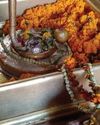
Panchakroshi Parikrama of Varanasi
At the snow-capped Kailas, the Divine Lord Shiva was seated with Mother Parvati.
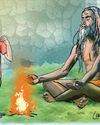
Gadai and the Monks
A fictional narrative based on incidents from the childhood of Sri Ramakrishna.
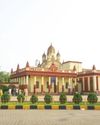
Chintayo momo maanosho Hori...
Sri Ramakrishna loved songs. There probably was no normal day when he did not sing some songs.
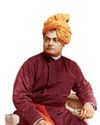
The Vedanta Vaccine
The world is still struggling under the impact of the pandemic due to Covid-19 for the last three years.

Chandrakirti's Chariot: Self in Madhyamaka Buddhism and Advaita Vedanta
The goal in Advaita Vedanta is the cessation of suffering and the attainment of true fulfillment. Suffering, according to this school, is due to ignorance of the true nature of the self and consequent erroneous identification with the body-mind.
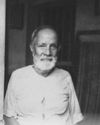
Reminiscences of Sargachhi
Question: यद्यदाचरतत श्रेष्ठसतत्तदरेवरेतरो जनिः। ‘Whatever a superior person does, others do the same thing!’ (Gita 3:21) – What does this statement mean?
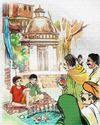
THE AUTUMN FESTIVAL
A fictional narrative based on incidents from the childhood of Sri Ramakrishna.

Bards of Guruvayur: Vilwamangalam II
Saints of India
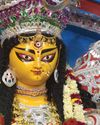
In the Universal Mother’s Divine Playground
Swami Vivekananda never taught the worship of Mother Kali. In a letter to Mary Hale he writes, “Kali worship is not a necessary step in any religion.
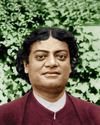
Swami Vivekananda: A Sportsman Par Excellence
In various books and articles, Swami Vivekananda has been called a spiritual leader, a prophet, a patriot, a social reformer, a philosopher, a yogi, a writer, an orator, an educationist, a musician, and so on.